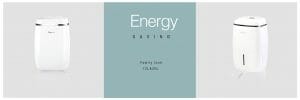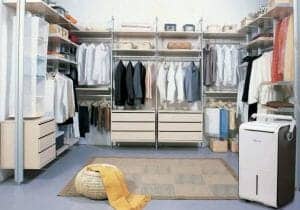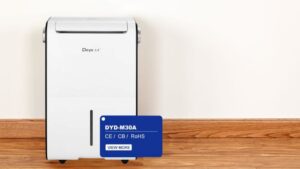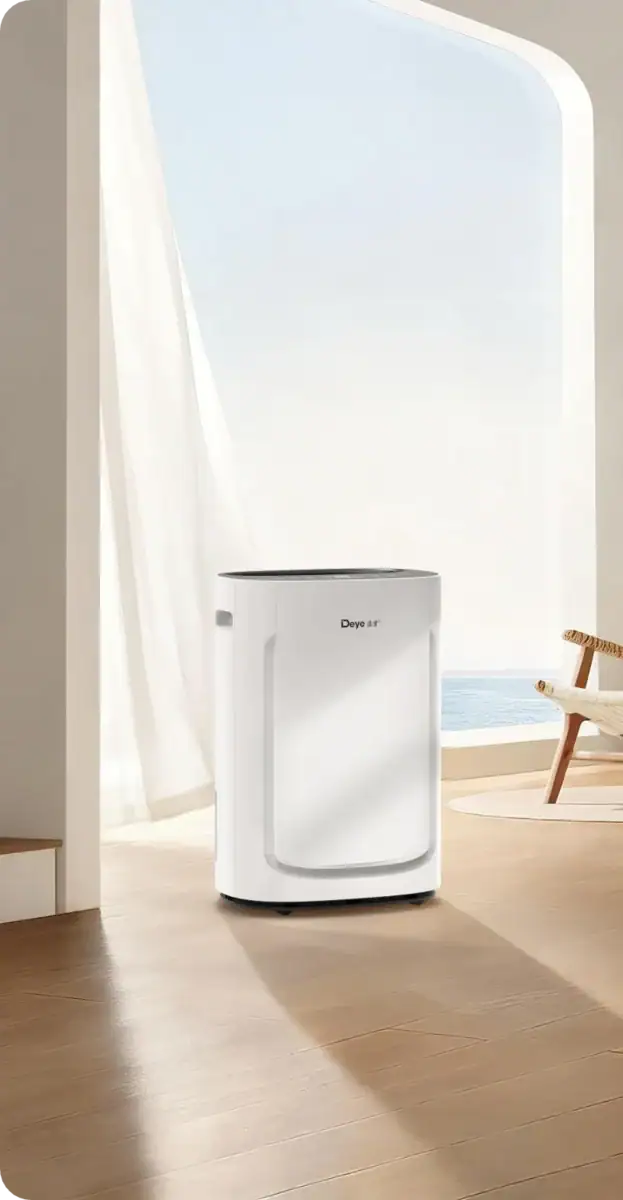According to the Centers for Disease Control and Prevention (CDC), “Mold will grow in places with a lot of moisture, such as around leaks in roofs, windows, or pipes, or where there has been flooding.”
The Institute of Medicine (IOM) conducted a study related to the risks associated with molds. The study “found there was sufficient evidence to link indoor exposure to mold with upper respiratory tract symptoms, cough, and wheeze in otherwise healthy people; with asthma symptoms in people with asthma; and with hypersensitivity pneumonitis in individuals susceptible to that immune-mediated condition.”
From conclusions like these, we can confidently say that mold in a home is associated with certain risks, particularly to the health of the people in the infested home. If nothing is done about it, mold could also destroy property and belongings.
Whether you are struggling with a mold infestation or are working hard to prevent it, you have come to the right place.
This article presents the basic facts you need to know about the risk of mold at home. We end by looking at the most effective way of preventing mold before it takes permanent residency in your home: getting rid of excess moisture.
What is Mold?
Mold is so common that there is a high chance you have encountered it at some point in your life. If you have ever forgotten some bread in the bread bin and found it with fuzzy white, black, brown, or red fibers that look like cotton wool, then you know what mold is.
The CDC defines mold as “fungal growth that forms and spreads on various kinds of damp or decaying organic matter.”
Even though molds may present risks if allowed to grow in a home, the United States Environmental Protection Agency (EPA) states that they are a natural part of the environment.
The EPA adds, “Outdoors, molds play a part in nature by breaking down dead organic matter such as fallen leaves, dead trees, and other debris.” However, the agency advises that indoors, “… mold growth should be avoided.”
Causes of Molds in a Home
Since molds are part of the environment and are found everywhere, it’s not surprising that they are also found in the home. They are transported into the home by pets, shoes, or moving air. If they find a conducive environment, they begin to grow.
A page belonging to the University of Minnesota Extension website Extension.umn.edu suggests that homes with more people are likely to have molds growing in them.
But why would molds prefer a home with more people living in them? When there are more people in a home, there are likely to be higher levels of moisture from breathing, taking hot showers, cooking, drying clothes indoors, and using humidifiers.
Therefore, we know that molds in a home are caused by excess moisture. Without the moisture, the molds will starve and die.
Signs of Mold Infestation

When it comes to molds, the good news is that many signs can help you identify an infestation.
In her article published by the website focused on tech, finance, markets, media, healthcare, and strategy, Insider.com, Sophia Mitrokostas lists some common signs showing that there might be molds in your home:
- Your heating and air conditioning smell in a funny way.
- The grout between your tiles is dark.
- Peeling wallpaper or paint.
- People in your home feel like they have the fluthat doesn’t go away.
- The seasonal allergies of people living in your home never ease.
- There are colored or dark spots on the wall or ceiling.
- If people with asthma stay in your home, their conditions worsen but get better when they leave.
- People in your home feel itchy.
Even though you can rely on the signs above to determine whether molds are in your home, the most prominent sign often occurs before the molds become a problem. It is moisture that isn’t provided with adequate opportunity to dry.
So, the leaking plumbing or roof, a bathroom with inadequate ventilation, or the basement without windows are your biggest signs that you will soon have a mold problem.
Do Molds Pose Any Risk?

According to the EPA, molds are usually not a problem outdoors. However, the same agency says that if molds find a conducive wet environment to grow indoors, they soon cause health problems.
The EPA adds, “Molds produce allergens (substances that can cause allergic reactions), irritants, and in some cases, potentially toxic substances (mycotoxins).” For sensitive individuals, touching or inhaling molds or mold spores could trigger allergic reactions.
Risk Factors
Even though molds have the potential to cause health problems for anyone, specific individuals are at a higher risk of developing severe health challenges than others.
The medical information website, HealthLine.com, lists categories of individuals at a higher risk of experiencing mold allergy symptoms or developing a mold allergy.
These categories include individuals who:
- Have a family history of allergies.
- Work in a building with poor ventilation and where the relative humidity is usually above 50 percent.
- Live or work in areas that have been exposed to extreme moisture, such as locations that have recently experienced flooding or have leaky pipes.
- Have occupations that expose them to molds, like winemakers, woodworkers, lumber millers, and farm workers.
The Rhode Island Department of Health reports that populations at particular risk include people with existing respiratory conditions, immune-compromised individuals, older adults, infants, and children.
House Construction and Design Risk Factors
A New Zealand study published by the Indoor Air journal concluded that in 35% of households, molds were reported in one or more rooms.
The same New Zealand study identifies construction and house design factors linked to reported molds. Such factors include poorer house conditions, older house age (>22 years), dwellings with a relative lack of sun exposure, and homes with no insulation.
The study also confirms that a higher number of individuals living in a home is associated with an increased risk of molds. It also concludes, “… analyses also showed an increased risk associated with high locality rainfall.”
Neurological Symptoms of Mold Exposure
Exposure to molds can lead to neurological and neuropsychiatric signs and symptoms. These are disorders associated with the brain and nerves. This claim is supported by research.
For instance, a study published by the Toxicology Industrial Health journal concludes that many clinical features associated with mold exposure “can partly mimic or be similar to classic neurologic disorders including pain syndromes, movement disorders, delirium, dementia, and disorders of balance and coordination.”
Warning Signs of Mold Toxicity
Molds do not always grow in places where you can see them. Therefore, they may be in your home, and you may be unaware of them. Also, molds could grow in places you frequent, such as your workplace or a friend’s house.
Therefore, it’s vital that you can identify the symptoms of mold exposure. Healthline.com identifies some of them:
- Congestion and runny nose
- Coughing
- Headache
- Irritation in the eye
- Lung irritation
- Skin rash
- Sneezing
- Sore throat
- Wheezing
The site suggests that even though mold exposure is not a health emergency for many people, you must see a doctor if you have been exposed to molds and know you have a health condition that puts you at a higher risk of complications.
How to Prevent Mold from Growing in Your Home

If molds thrive in areas high in moisture, then the best way to get rid of them is by starving them of moisture. This means that you should keep all the areas in your home clean and ventilated.
Practical measures to accomplish this include attending to any water leaks as soon as you are aware of them, using extractor fans to capture steam from cooking, and ensuring that clothes are dry before bringing them indoors.
However, the measures suggested above may not adequately eliminate all the moisture in a home. They could be impractical when it’s too cold or hot to keep the windows and doors open.
In such instances, the most effective way of eliminating moisture is by using a dehumidifier. A dehumidifier eliminates excess moisture in the home to levels where molds will not survive.
But how do I know the humidity levels to maintain in my home? According to the EPA, “Indoor relative humidity (RH) should be kept below 60 percent — ideally between 30 percent and 50 percent, if possible.”
Modern dehumidifiers can be set to automatically keep humidity levels within this recommended range.
If you use a dehumidifier, it’s vital to remember that the aim is not to remove all the moisture in the air. Breathing air that’s too dry has its own health risks.
The Cleveland Clinic warns against breathing dry air and notes that it could trigger respiratory conditions like nosebleeds, sinusitis, bronchitis, and asthma. Moreover, dry air can also lead to dehydration since you deplete body fluids when breathing.










